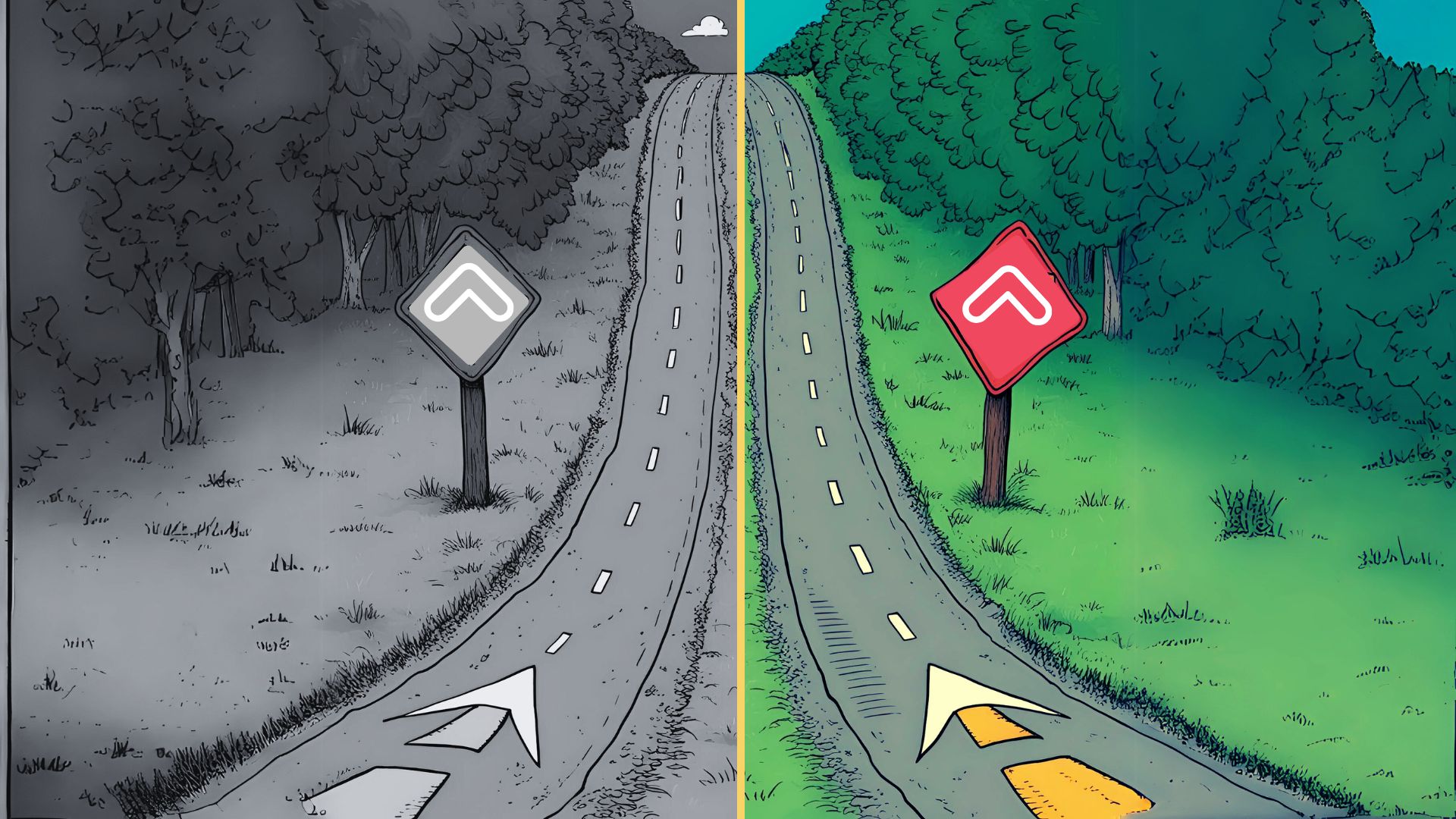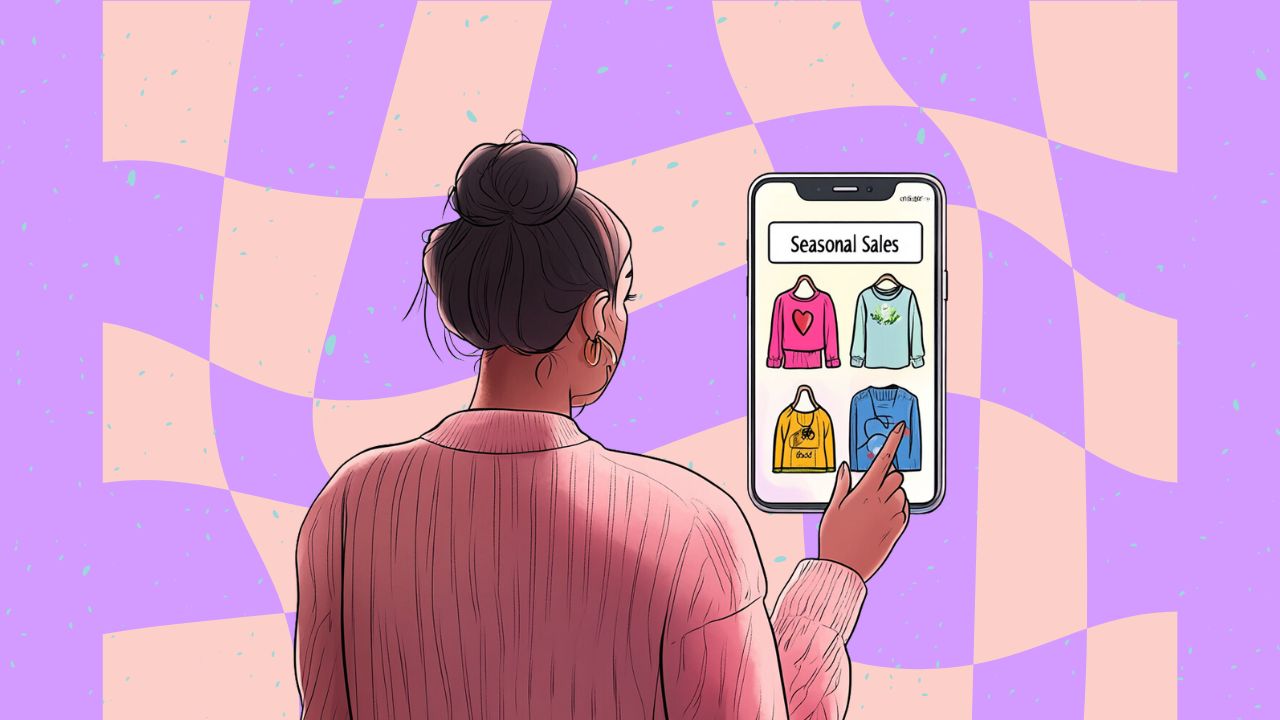COVID-19 is the ‘black swan’ event of the decade, that has impacted customer behaviour significantly. For one, when COVID-19 just set in, customers turned to e-commerce retail stores exclusively, for their shopping needs. Customers increasingly subscribed to entertainment and OTT platforms, to break the monotony of the lockdown. The BFSI industry received a boost, as customers hurried online to insure themselves and their family, during these unprecedented times. Consumers are also now relying on food delivery platforms to order their favourite meals, as restrictions on eating out are still in place. Customers are spending a significant amount of time online, and on their smartphones; over 3 hours per day.
ROI challenges lead marketers to rethink the approach
Marketers are facing the challenges of ROI and ad fatigue amongst digital consumers. One reason attributed to this challenge is that customers are becoming increasingly annoyed with the influx of ads at every click and scroll. It is no surprise, therefore, that they are now increasingly discerning of the ads they interact with. Additionally, marketers have struggled to efficiently target ads at the right customers at various stages of their buying journey resulting in limited ROI and haemorrhaging ad spends. This has led them to rethink their approach to marketing and ad spends. They are increasingly turning to mobile advertising on smartphones for their marketing goals.
Easy access to smartphones and the increased time spent on devices has acted as a catalyst for the speedy adoption and implementation of digital-first, more importantly, mobile-first marketing strategies. Marketers are already implementing varied mobile advertising approaches from branding to performance marketing. Search and social media platforms have dominated the paid media game, with most of the ad spends allocated to these promotional channels. However, marketers also reported a challenge – while they are aiming to effectively use ad spends to optimize results, the return on investment (ROI) from search and social media channels were not increasing, even as budgets and campaigns scaled. Marketers are looking for alternate channels to optimise spends.
Adoption of mobile-first ad spends
New-age marketers are now on the lookout for alternate advertising channels. Mobile handset manufacturers (OEMs) advertising or mobile advertising is the solution to use ad spends to reap incremental ROI. With this, marketers are reallocating their marketing mix, beyond search and social media platforms, to reach high volumes of untapped customers who interact with their handsets daily for a long duration. With leading performance marketing platforms like VEVE, marketers can leverage innovative ad formats and media placements, and run highly effective performance marketing campaigns on OEMs.
Marketers can strategically place ads at key touchpoints on mobile OEMs to reach untapped customer segments, at different stages of their purchasing journey. These ads are, therefore, far more relevant to customers, who are likely to interact with the ad. When customers take meaningful action on an ad – that campaign then serves as an effective source of incremental ROI. This new-age solution has effectively helped marketers across industries such as e-commerce, travel, BFSI, gaming and others, to fulfil their marketing KPIs such as website visits, app installs, downloads, leads, sales and more, effectively.
The takeaway
The changing landscape of how customers are functioning online has encouraged marketers to strategically leverage mobile OEM advertising to reach the right customer, at the place. The incremental ROI generated has proved that mobile OEM advertising is the new go-to, innovative solution for marketers during COVID-19.
Ready to see how VEVE can help boost your brand’s ROI with mobile OEM advertising? Let’s get started!






